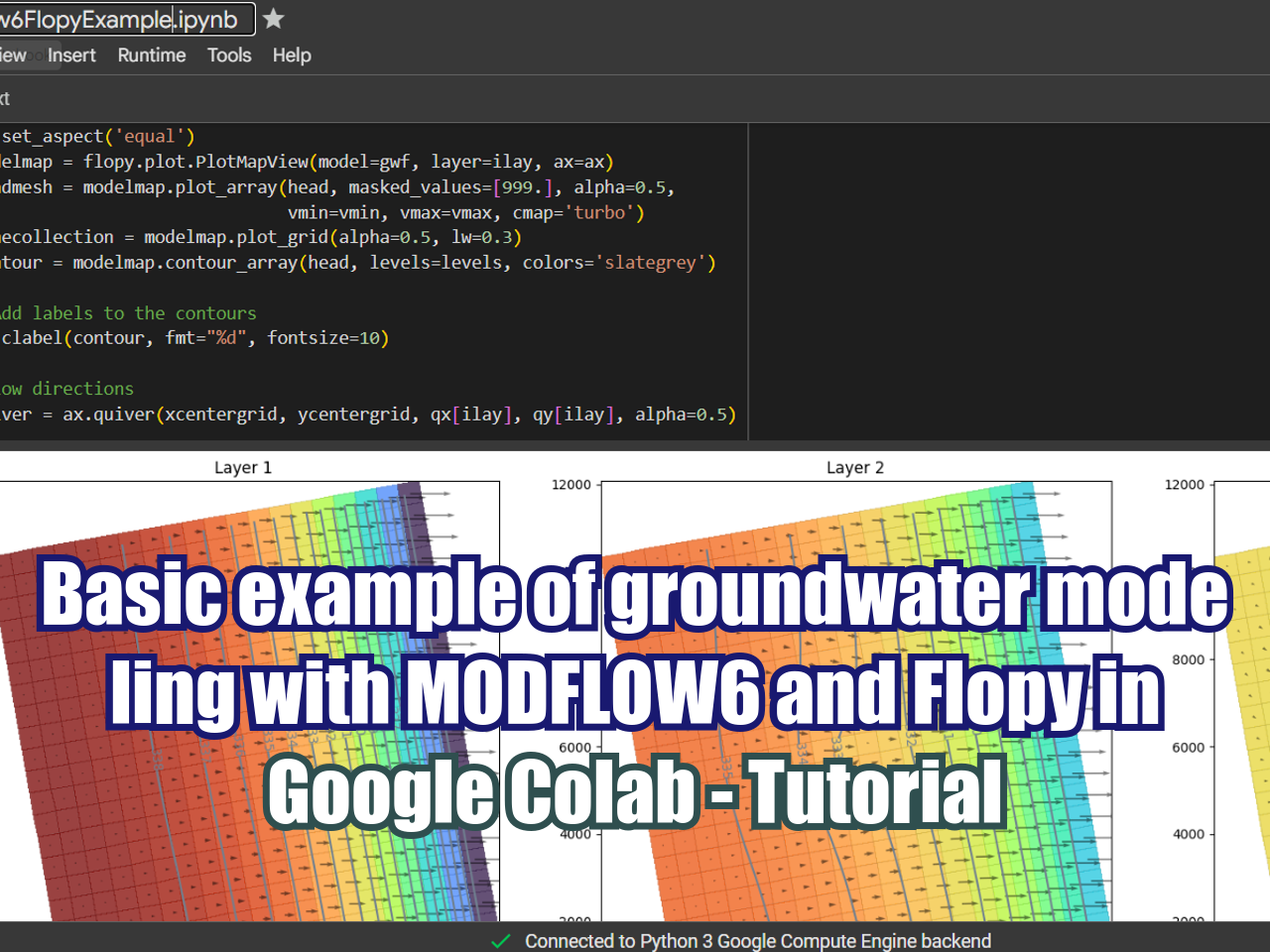How to install Python - Geopandas on Anaconda in Windows - Tutorial
/Geopandas is an amazing library for spatial analysis since in combines the spatial tools from Shapely and Fiona with the versatily of Pandas Dataframes. Working with Geopandas in Windows was not exactly easy since there were some incompatibilities with the required packages. Here is a novel procedure to install successfully the Geopandas library when working with Anaconda in Windows.
Read More























